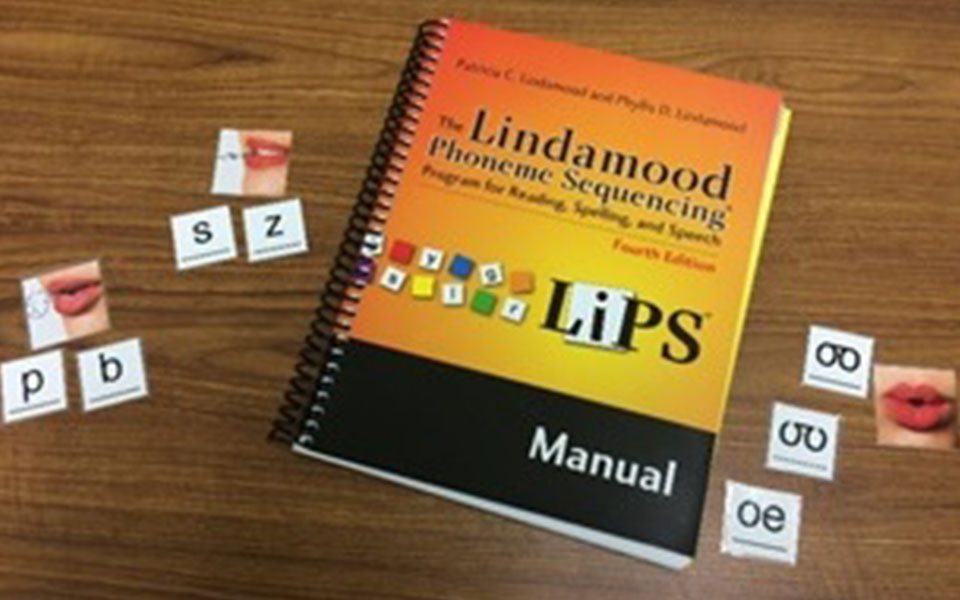Research tells us that language difficulties are at the root of many children’s issues with learning to read (Catts, 2003). In fact, more than 70% of children with reading difficulties in 2nd grade have a history of language deficits in Kindergarten (Catts, 1999). Speech-language pathologists (SLPs) play an integral role in helping children develop the key skills for reading, including: phonological awareness, symbol imagery, and concept imagery. SLPs not only work on remediating speech sound disorders and language difficulties with grammar and vocabulary—they can also help teach children to read and improve reading comprehension.
At Emerge, we are trained in and have experience using the Lindamood Phoneme Sequencing® (LiPS®) program to teach phonological processing, the ability to break a word down into its component parts and associate individual sounds with the letters that make up the word. In contrast to other reading programs out there, LiPS® attacks learning to read from an even more multisensory approach, targeting the ability to not just hear and see the word, but also feel how the word is produced in the mouth. This type of approach works especially well with our children who have struggled in the past, or continue to struggle, with speech sound difficulties.
LiPS® is a research-based approach that has demonstrated positive outcomes in reading development for a range of populations, from preschool age through adults. Contact Emerge to find out whether LiPS® might be a good fit for your child.
Blog post written by: Kelly Jones, MA, CCC-SLP
References:
Catts, H.W. & Hogan, T. (2003). Language basis of reading difficulties and implications for early identification and remediation. Reading Psychology 24(3), 223-246.
Catts, H.W., Fey, M.E., Zhang, X., & Tomblin, J.B. (1999). Language basis of reading and reading disabilities: evidence from a longitudinal investigation. Scientific Studies of Reading 3(4), 331-361.

